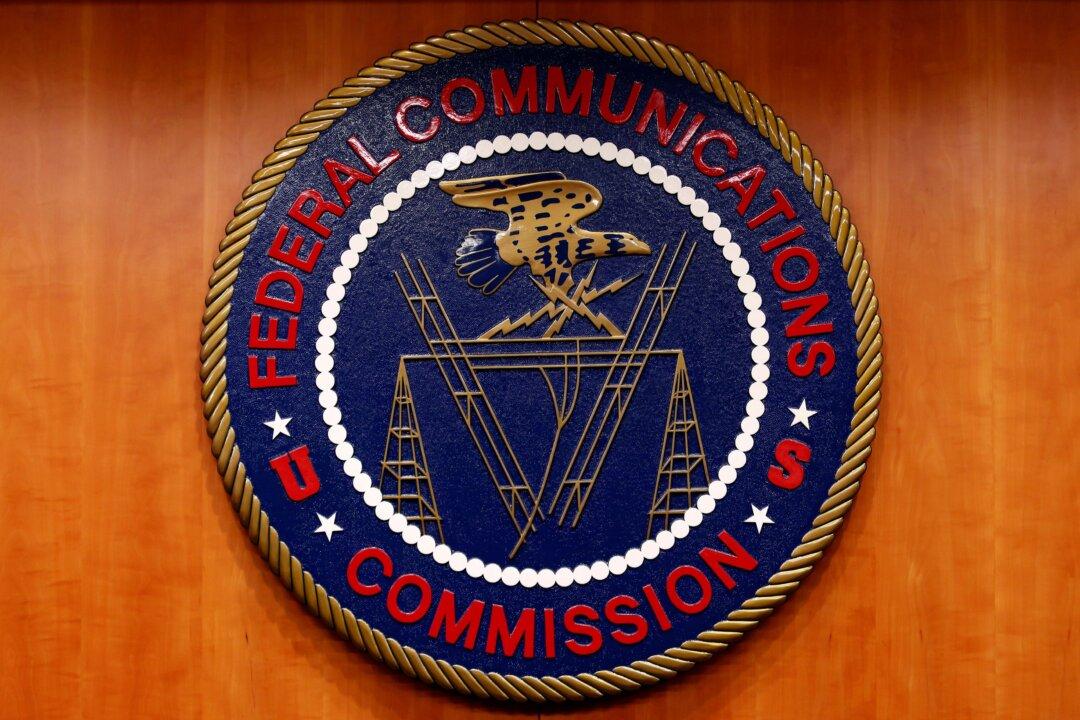Commentary
A quarter century ago, on Feb. 8, 1996, President Bill Clinton signed into law the landmark Telecommunications Act of 1996. At the signing ceremony, the president’s rhetoric was soaring: “With the stroke of a pen, our laws will catch up with our future.”

